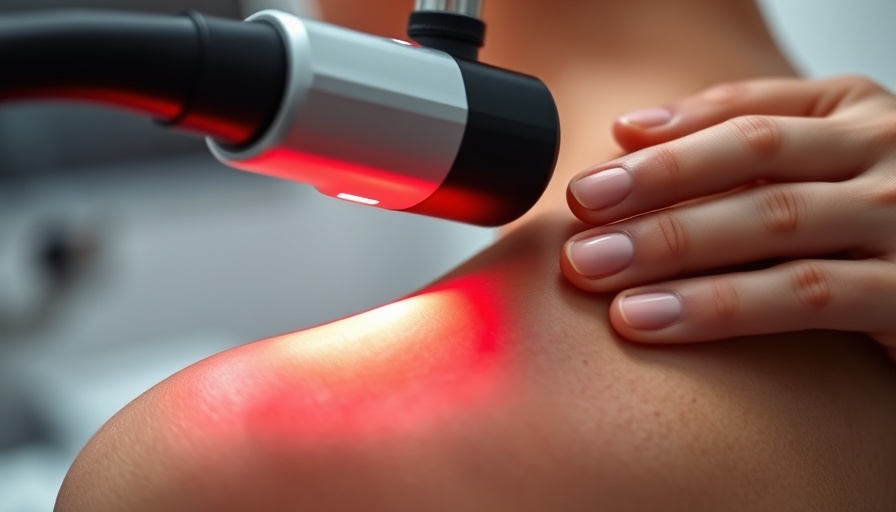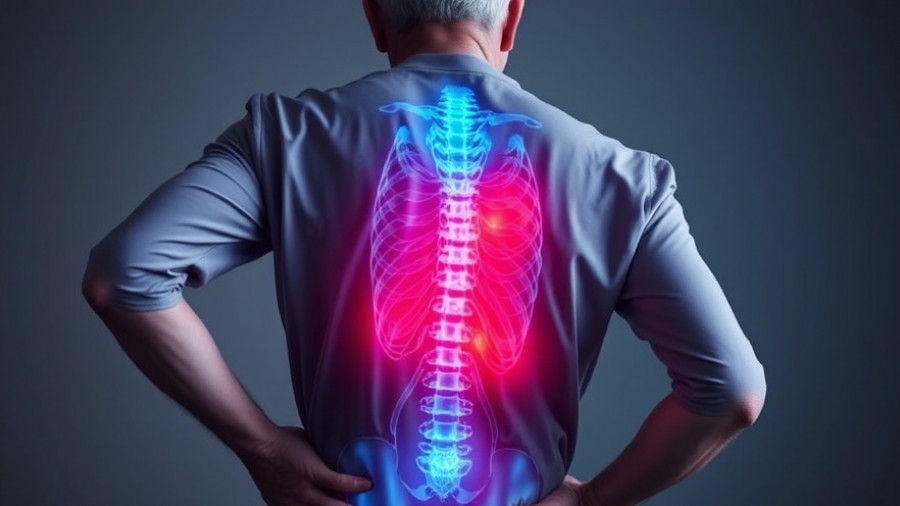
Class IV Laser Therapy vs. Traditional Heat Therapy: A New Era in Pain Relief
When facing chronic pain or recovering from an injury, many individuals in Towson, MD, turn to traditional heat therapy for relief. This age-old method, which uses heating pads, hot packs, and warm baths, has long been a staple of comfort for sore muscles and tight joints. However, as technology has progressed, alternatives like Class IV Laser Therapy are emerging, offering enhanced relief that goes beyond mere warmth. In this article, we will explore how these two treatment modalities compare, helping active adults make informed decisions regarding their health.
The Basics of Traditional Heat Therapy
Traditional heat therapy is straightforward. It increases blood circulation, relaxes muscles, and can ease stiffness. Common methods include:
- Heating Pads & Hot Packs: These treatments deliver surface heat, helping to soften tight tissues for better circulation.
- Infrared Heat Therapy: This deeper penetrating method utilizes infrared technology to reach tissues beneath the epidermis, offering pain relief below the skin’s surface.
- Warm Baths or Hydrotherapy: Soaking in warm water not only relaxes the body but also helps in reducing muscle soreness.
- Paraffin Wax Therapy: Often used for arthritic joints, this method provides soothing warmth, particularly beneficial for hands and feet.
Class IV Laser Therapy: Revolutionizing Pain Management
In contrast, Class IV Laser Therapy presents a more sophisticated option. This treatment uses high-powered laser energy to penetrate deeply into the body’s tissues, facilitating quicker recovery and more effective pain management. Here are some key advantages:
- Deep Tissue Penetration: Unlike traditional heat therapies, Class IV lasers can reach muscles, ligaments, and tendons situated well below the skin, delivering targeted therapy where it is needed most.
- Accelerated Cellular Healing: The laser light stimulates the mitochondria in cells, promoting growth and repair, which leads to faster recovery times.
- Inflammation Reduction: While heat therapy increases blood flow, Class IV Laser Therapy actively reduces inflammation, helping the body regenerate more effectively.
Choosing Between Therapies: What Works for You?
For active adults in Towson, MD, understanding the differences between these therapies can make a significant impact. Class IV Laser Therapy may seem more advanced and is often preferred for serious injuries or chronic pain conditions. However, traditional heat therapy still has its merits for quick relief from tension or soreness.
If you're unsure which option is right for you, consulting a family chiropractor near you could provide clarity. Chiropractic care can help tailor treatment plans based solely on individual needs, whether for pediatric chiropractic care or gentle pediatric chiropractic treatments.
The Emotional Connection to Pain Relief
Living with pain is not just a physical challenge; it takes a toll on emotional well-being. Exploring various treatments can offer more than just relief; they provide hope and improve quality of life. Achieving a pain-free lifestyle can lead to greater activity levels and a revived zest for life, which is a goal for active adults.
What’s Next for Pain Relief?
Innovations in therapies will continue to shape how we approach pain management. Class IV Laser Therapy demonstrates that with technological advancements, patients no longer have to rely solely on traditional methods. As these options expand, it’s essential for active adults to stay informed about the latest treatments that promote healing and holistic health.
As you consider your options for pain relief, don’t hesitate to reach out to a local family health chiropractic clinic that can provide further insights and assistance tailored to your needs.
With a blend of technology and traditional methods, achieving your health goals is more attainable than ever. Remember, every step you take toward understanding your body’s needs is a step toward wellness.
 Add Row
Add Row  Add
Add 




Write A Comment